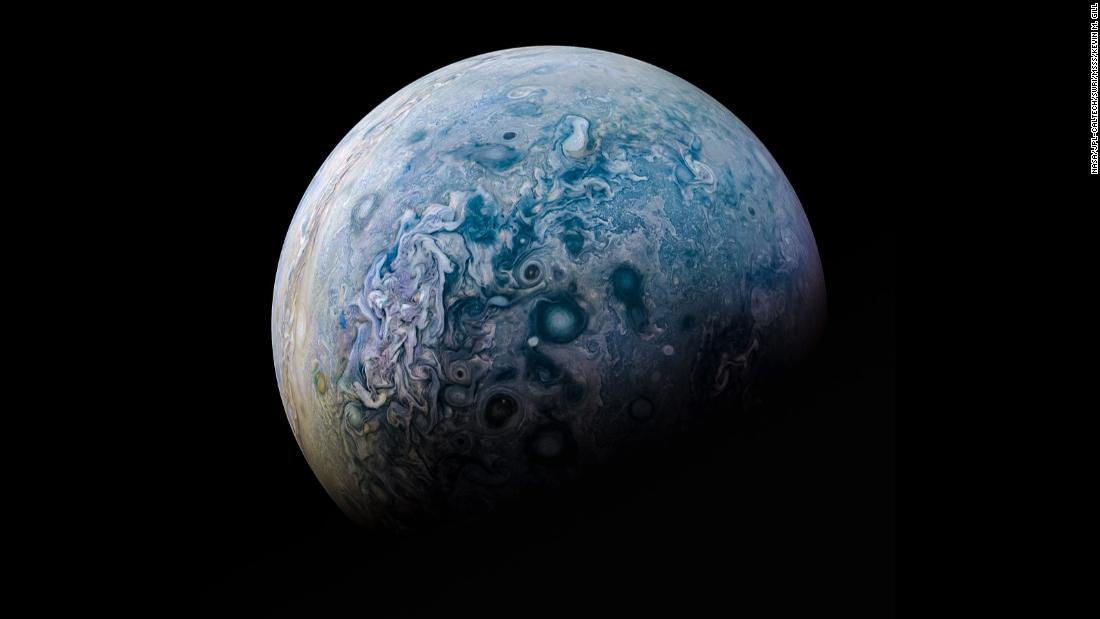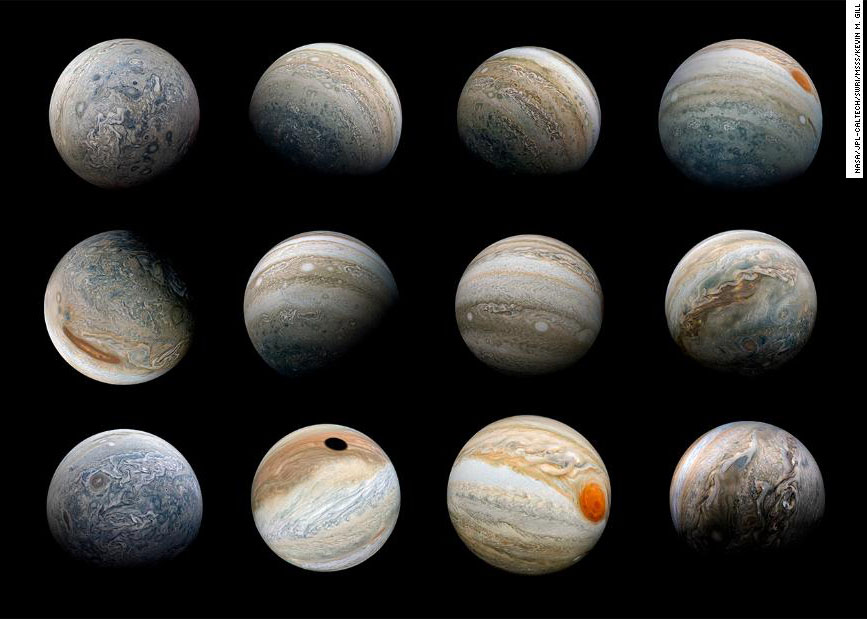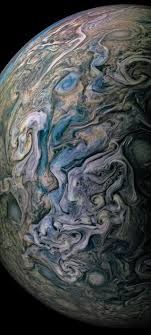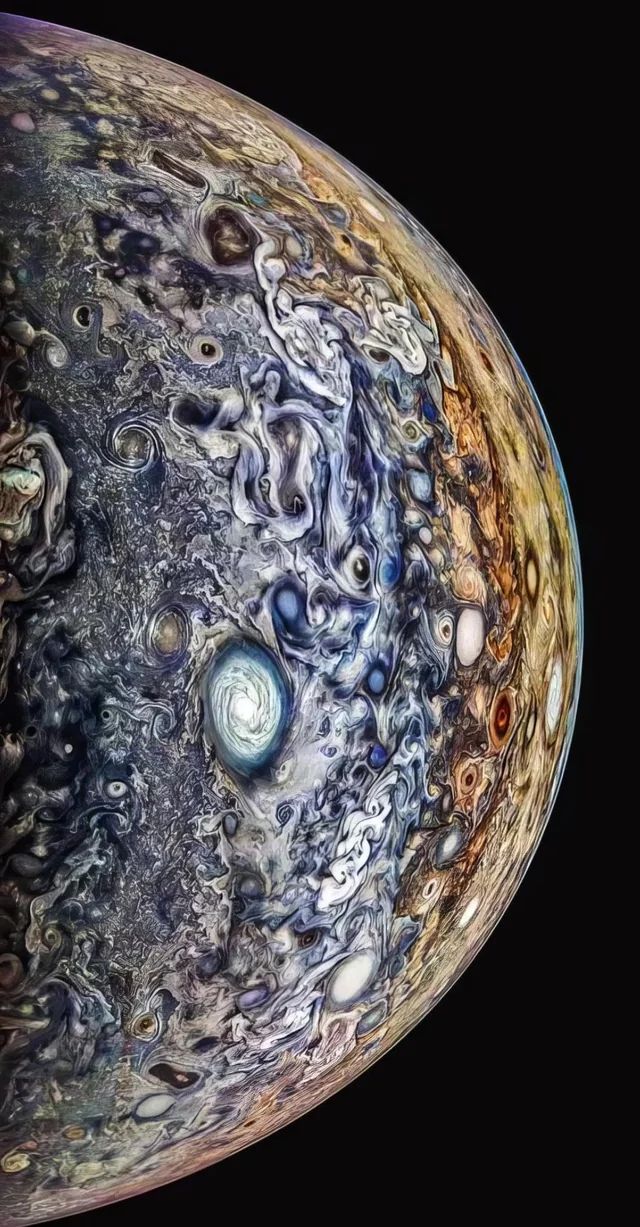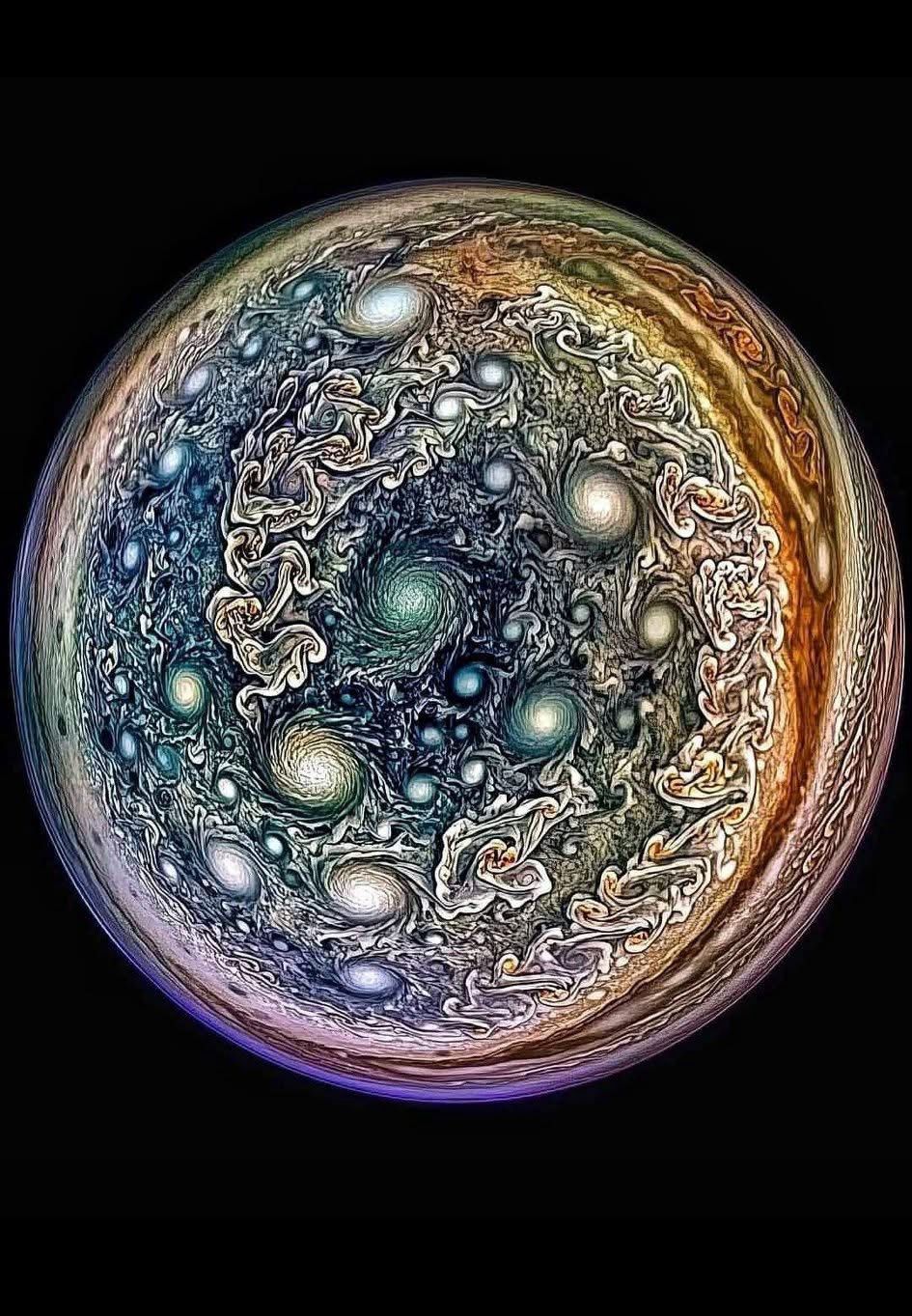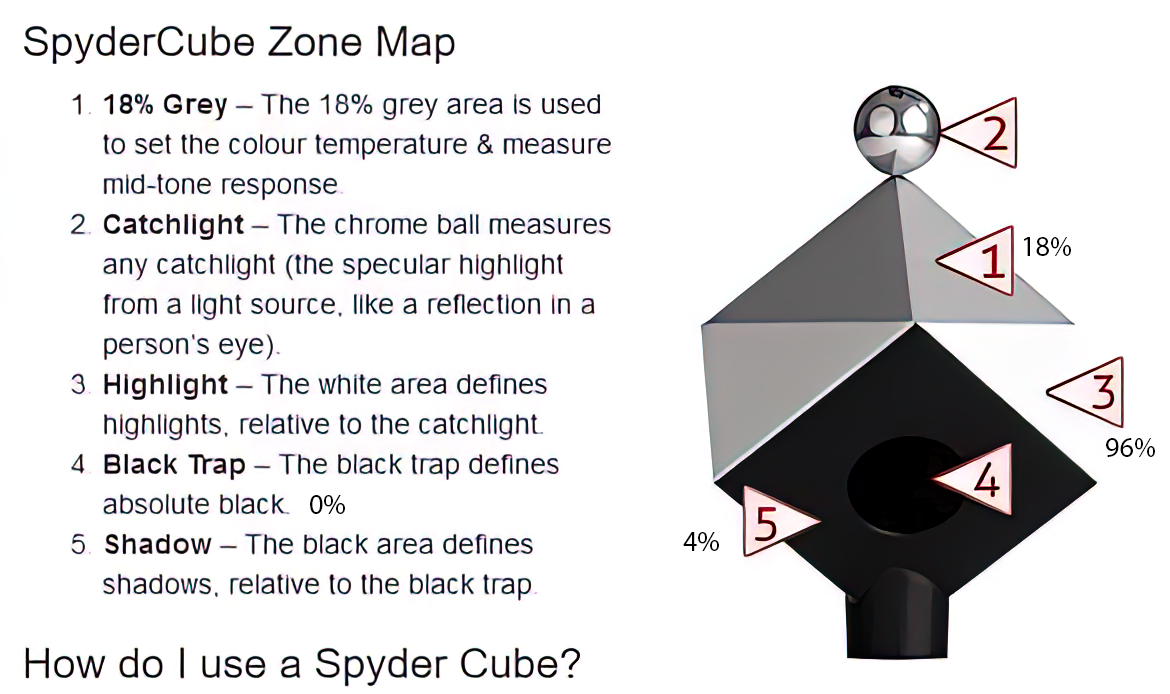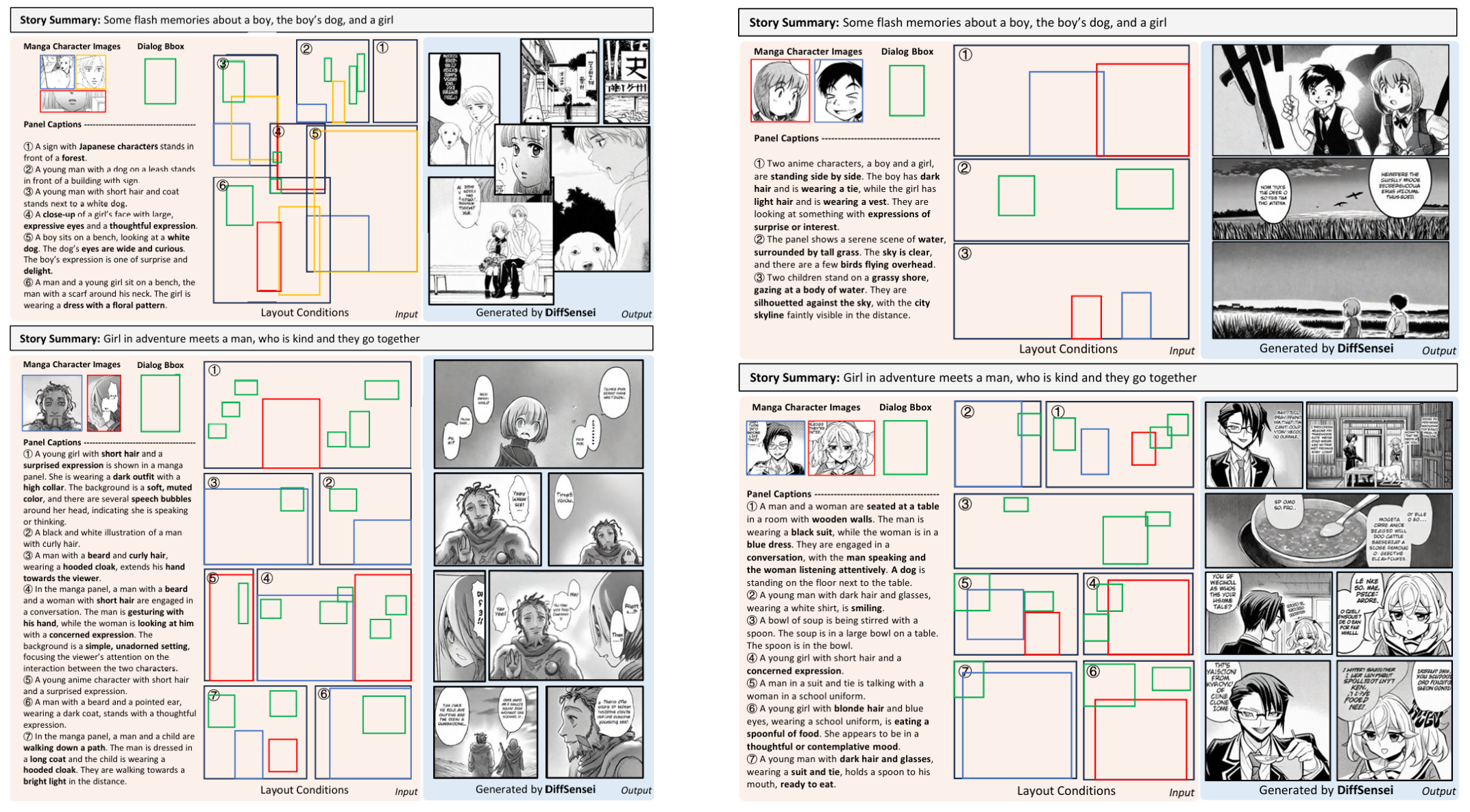BREAKING NEWS
LATEST POSTS
-
Animation Price Guide by getwrightonit.com
getwrightonit.com/animation-price-guide/
“Estimate the cost of animation projects for different mediums, styles, quality and duration using our interactive instant animation price calculator. Use this price guide to calculate a ballpark figure for your next animation project.”
-
Animation cost per minute inflation adjusted
getwrightonit.com/animation-cost-per-minute-inflation-adjusted/
“The cost per minute to produce the traditionally animated films from the 1930s – 1960 was much lower than today even when adjusted for inflation. This is likely due to low paid animators pulling excessive unpaid overtime, including an army of women in the Ink and Paint department who barely made enough money to cover the rent.”
“Overall, animation is a high cost and labor intensive way to get a story to the screen, but there are big returns to be made, particularly with re-releases as a new generation of young audience members discover the films.”
-
Kitsu Today CGWire – production tracking – pipeline
https://www.cg-wire.com/en/kitsu
Kitsu is a web application to track the progress of your productions. It improves the communication between all stakeholders of the production. Which leads to better pictures and faster deliveries.
CGWire PRESS RELEASE
“We noticed that a good way to improve the quality of CG movies is to improve the communication inside the studio. That’s why we made a software that is easy to use. All the stakeholders of the production can add and get data efficiently. Everyone is better informed and take better decisions.
The most notable features of Kitsu are:
– The listing of all elements of the production: assets, shots and tasks.
– A powerful commenting system that allows to put notes on tasks while changing status and attaching previews.
– A playlist system to view, compare, annotate and comment shots in a row. It’s super easy for the director to perform his reviews.
– A news feed to know in real-time what is happening during the production.
– Quota tables to evaluate the productiviy of the studio.Aside of that we added other tools to simplify the daily usage : timesheets, scheduling, production statistics, Slack integration and casting management.
Kitsu Today CGWire is deployed in 25 studios. Most of them are split in different locations. So, our users are spread in more than 15 countries working on production of all kinds: TV series, feature films and short movies (our customers are Cube Creative, TNZPV, Miyu, Akami, Lee Film, etc.). Once shipped, all productions tracked with Kitsu met success by receiving awards or getting millions of views on Youtube or on TV.
Another good thing is that Animation Schools really enjoy our product, 10 of them are using Kitsu to manage their end of studies projects (Les Gobelins, Ecole des Nouvelles Images, LISAA, etc.).
Our goal in 2020 is to make the ingestion process even better with a stronger import system, software integration and production templates. With these features, we want to be the reference software for building animation productions, especially for TV series.”




-
Edwin Catmull and Patrick Hanrahan have won the $1 million Turing Award
The two men who invented game-changing 3D computer graphics techniques now widely used in the film industry have won the highest distinction in computer science: the Turing Award
FEATURED POSTS
-
Rec-2020 – TVs new color gamut standard used by Dolby Vision?
https://www.hdrsoft.com/resources/dri.html#bit-depth

The dynamic range is a ratio between the maximum and minimum values of a physical measurement. Its definition depends on what the dynamic range refers to.
For a scene: Dynamic range is the ratio between the brightest and darkest parts of the scene.
For a camera: Dynamic range is the ratio of saturation to noise. More specifically, the ratio of the intensity that just saturates the camera to the intensity that just lifts the camera response one standard deviation above camera noise.
For a display: Dynamic range is the ratio between the maximum and minimum intensities emitted from the screen.
The Dynamic Range of real-world scenes can be quite high — ratios of 100,000:1 are common in the natural world. An HDR (High Dynamic Range) image stores pixel values that span the whole tonal range of real-world scenes. Therefore, an HDR image is encoded in a format that allows the largest range of values, e.g. floating-point values stored with 32 bits per color channel. Another characteristics of an HDR image is that it stores linear values. This means that the value of a pixel from an HDR image is proportional to the amount of light measured by the camera.
For TVs HDR is great, but it’s not the only new TV feature worth discussing.
(more…)





